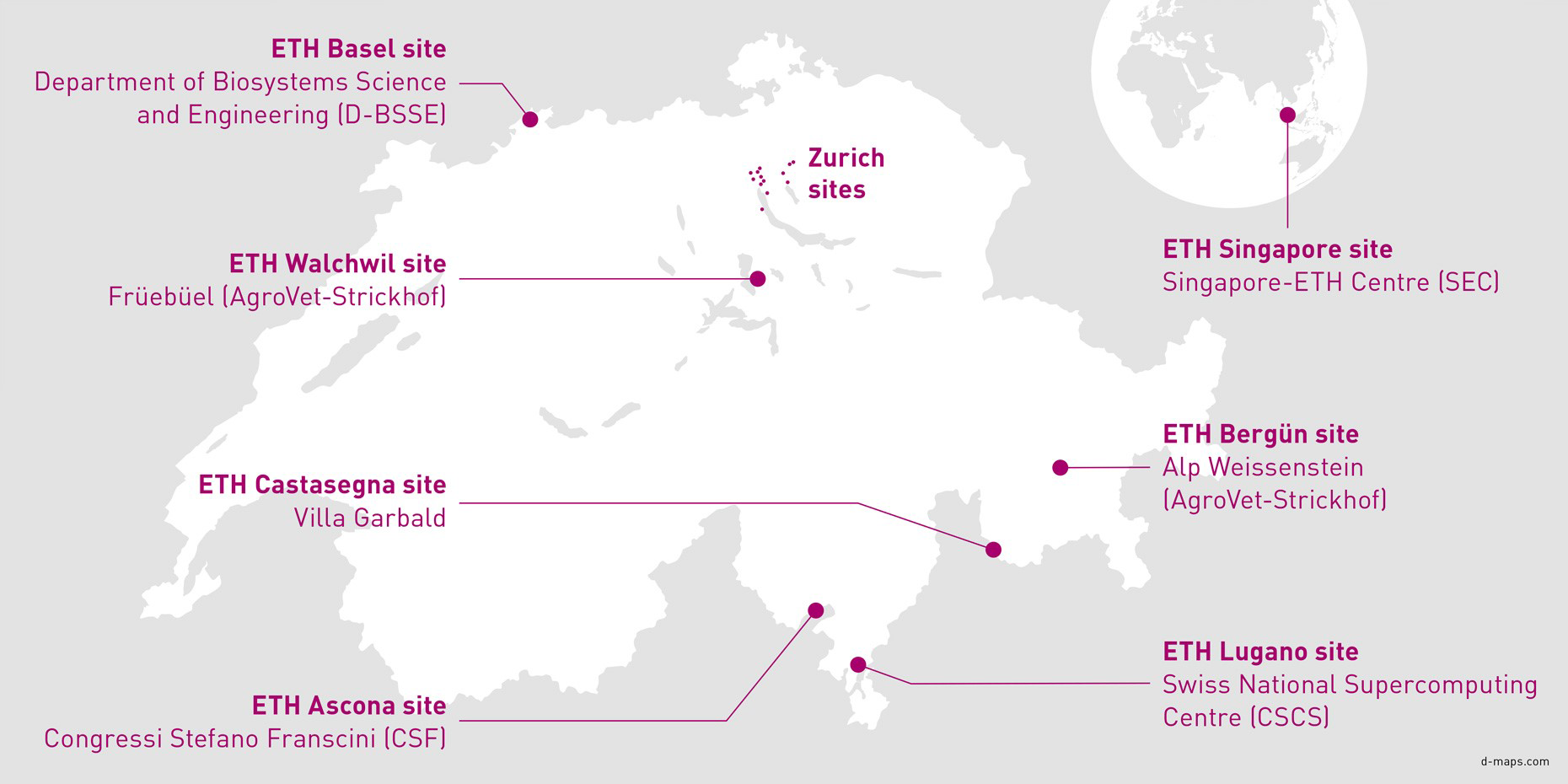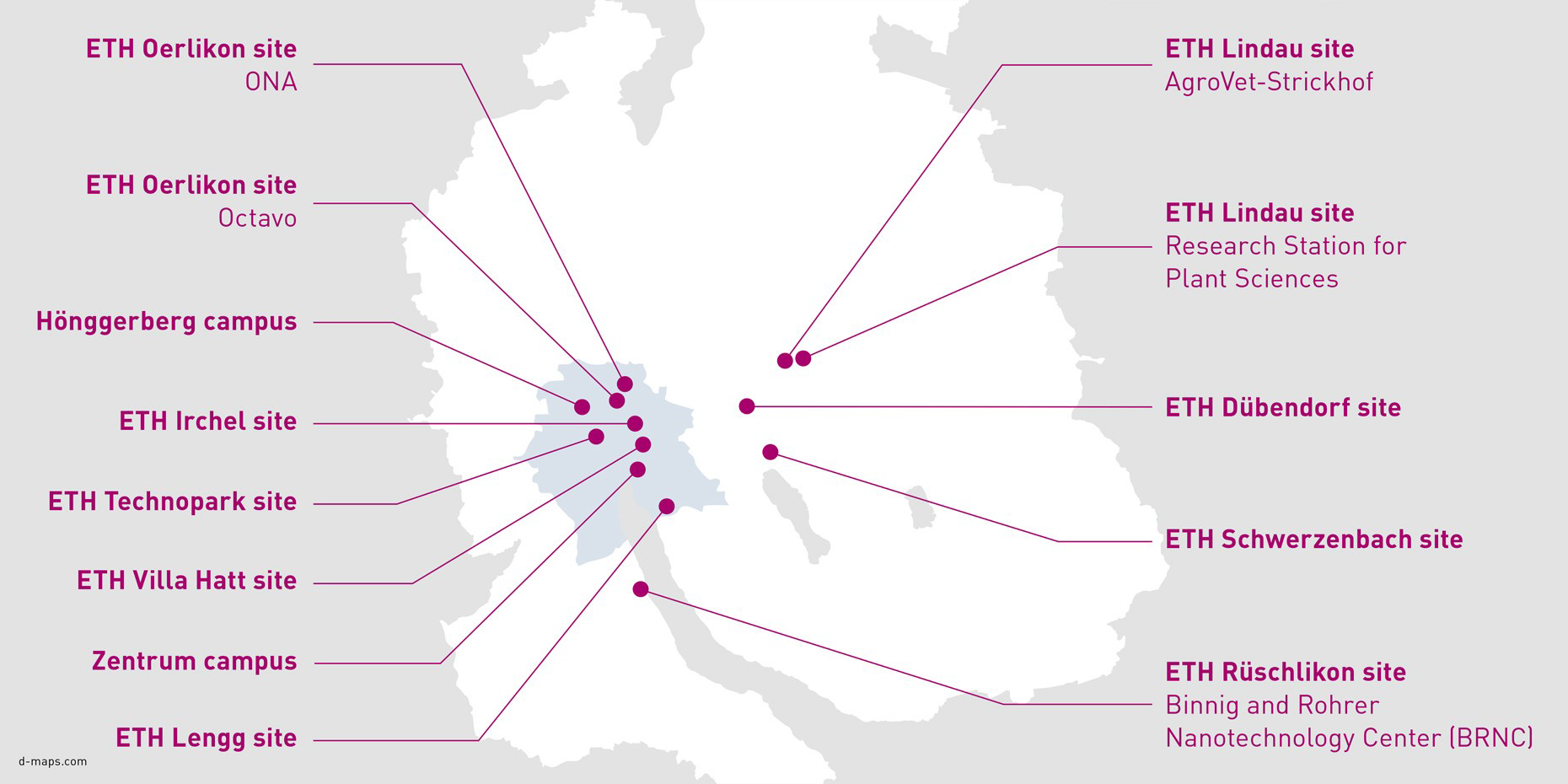From Bergün to Singapore – ETH’s sites around the world
It might sound odd, but ETH Zurich is not just based in Zurich. The university has around 20 sites, including in the canton of Graubünden and in northwestern Switzerland, and even in Asia. They may not be the most obvious of locations, but there are good reasons behind them.
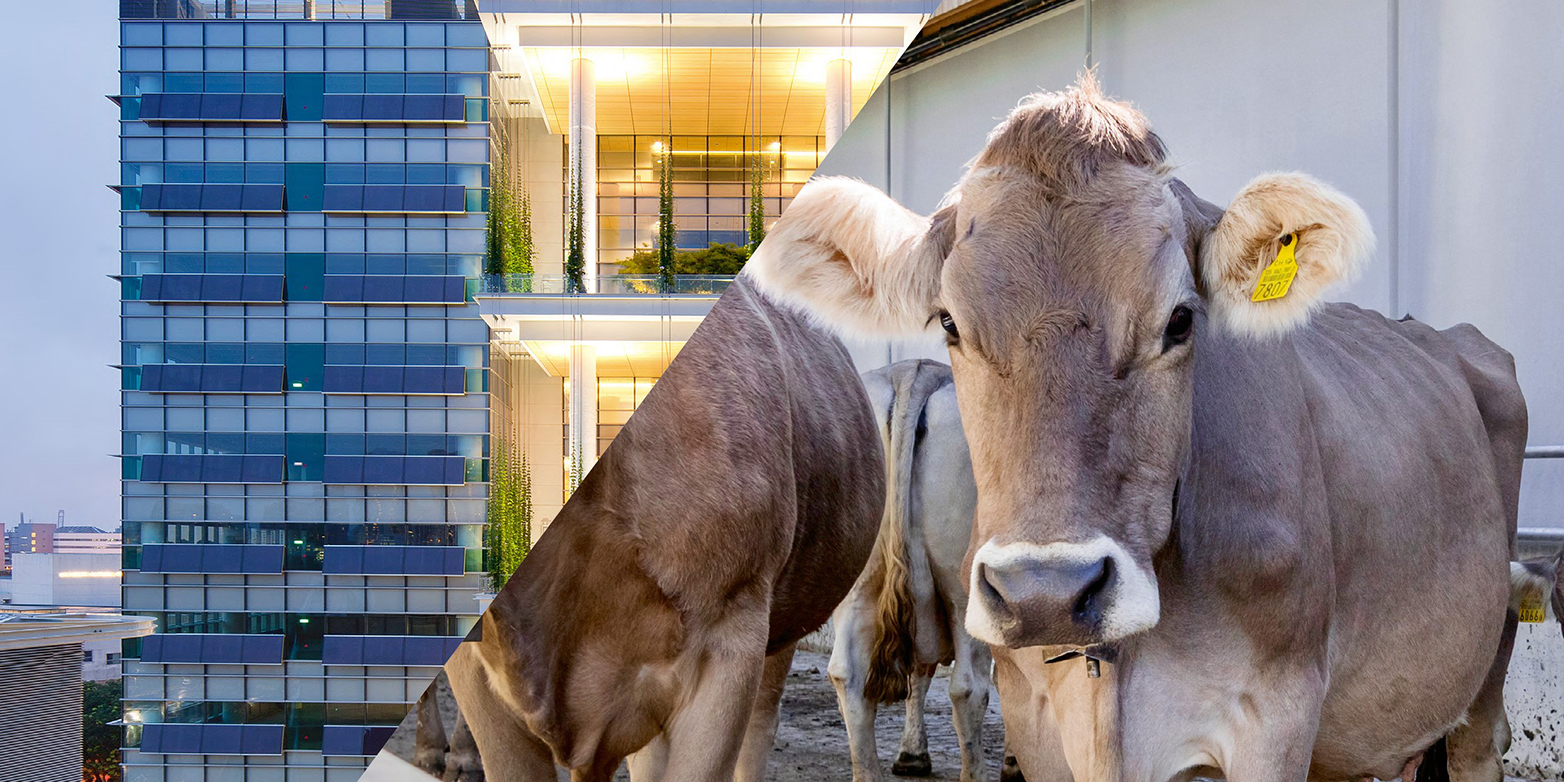
Sixty years ago, the profile of a new nuclear physics building was marked out in an area surrounded by meadows, fields and forests. This was the start of the first phase of construction for an ETH “outpost close to the centre” on the Hönggerberg hill, as the original Zentrum campus was running out of space. The creation of the second campus was a milestone in the history of ETH – but for a long time, the two campuses were not thought of as one entity. The fact that they have grown together over the years is in no small part thanks to ETH Link, the direct bus service that runs between them.
Together, the two campuses that ETH operates at its main site in Zurich make up around 90 percent of the total area of all ETH sites. This is a deliberate strategy with the aim of facilitating face-to-face interactions between staff on site, encouraging interdisciplinary and transdisciplinary work and promoting a sense of cohesion across the Zentrum and Hönggerberg campuses. Furthermore, larger sites can be operated more cost-effectively.
How a new site comes into being
The creation of a new site is generally motivated by research. If ETH wants to expand its work in a particular field of research, the first step is to check whether this can be done on one of the two campuses. The criteria here include the requirements with regard to the buildings, conditions at the site itself, but also the opportunities for collaboration with research partners. A different site will only be considered if a solution cannot be found on the Zentrum or Hönggerberg campuses. The Real Estate Management department evaluates potential sites and the decision is generally made by the Executive Board or, in rare cases, the ETH Board.
Practical agricultural research
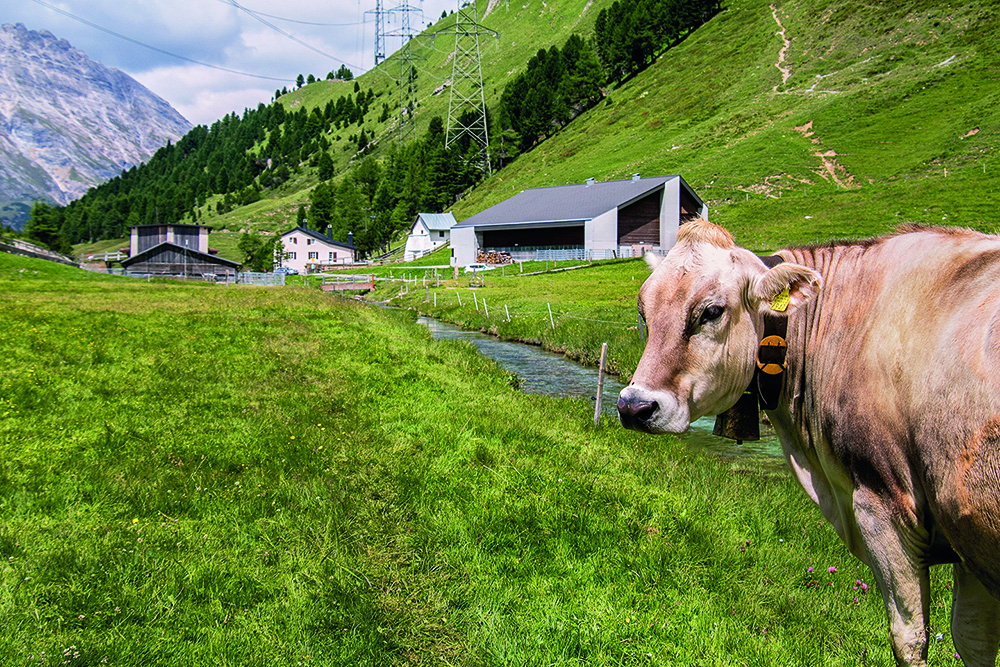
Typical examples include autonomous driving or drone flights – the main site does not have enough space to accommodate this type of research. Instead, halls and test areas of a sufficient size were found on the site of the former military airfield in Dübendorf. Academic factors also play a role when creating a new site: around 15 years ago, ETH Zurich made the strategic decision to expand its work in agricultural sciences. This resulted in the foundation of AgroVet–Strickhof in collaboration with Strickhof, the centre of excellence for agriculture and nutrition for the canton of Zurich, and the University of Zurich. The aim of the new office and research infrastructure is to provide a boost for Lindau – where ETH has operated its Research Station for Plant Sciences since the 1970s – and to strengthen the links between university research and agricultural life.
It is fairly obvious that direct links to agricultural life are few and far between in Zurich city centre. But why does AgroVet–Strickhof need three sites in Switzerland? The different geographical locations make it possible to cover all of the altitudes relevant to Swiss agriculture. Situated at 1,000 metres above sea level, the Früebüel site in the canton of Zug is ideal for research relating to farms in the foothills of the Alps. For example, researchers are looking at how feed affects the metabolism of suckler cows. The cows spend the summer at the Alp Weissenstein research station in Bergün in the canton of Graubünden. This additional site at over 2,000 metres above sea level allows researchers to investigate the effects of the Alpine altitude on the health and performance of the animals.
The researchers use the sites as a platform for their projects and can make use of the infrastructure as needed. In this way, they are able to benefit both from the services that Strickhof provides for the entire agricultural centre in Lindau and from the services on the Zentrum and Hönggerberg campuses.
Site versus campus
A full spectrum of teaching, research, knowledge transfer and services is what distinguishes a campus from other ETH sites – including the provision of catering and leisure facilities. According to Ulrich Weidmann, Vice President for Infrastructure, ETH is consciously pursuing a two-campus strategy with its main site in Zurich: “The larger a site, the easier it is to provide good services. Smaller sites don’t have the necessary critical mass.” Focusing on two campuses also brings financial benefits – heating and logistics, for example, can be operated much more efficiently, and therefore more ecologically, on the Hönggerberg campus.
Only a few sites – the Swiss National Supercomputing Centre in Ticino, the Singapore–ETH Centre and the Basel site, for example – have their own HR or IT staff. Although teaching and research also take place in Basel, the site does not count as a campus as it does not accommodate multiple academic departments.
Life sciences cluster
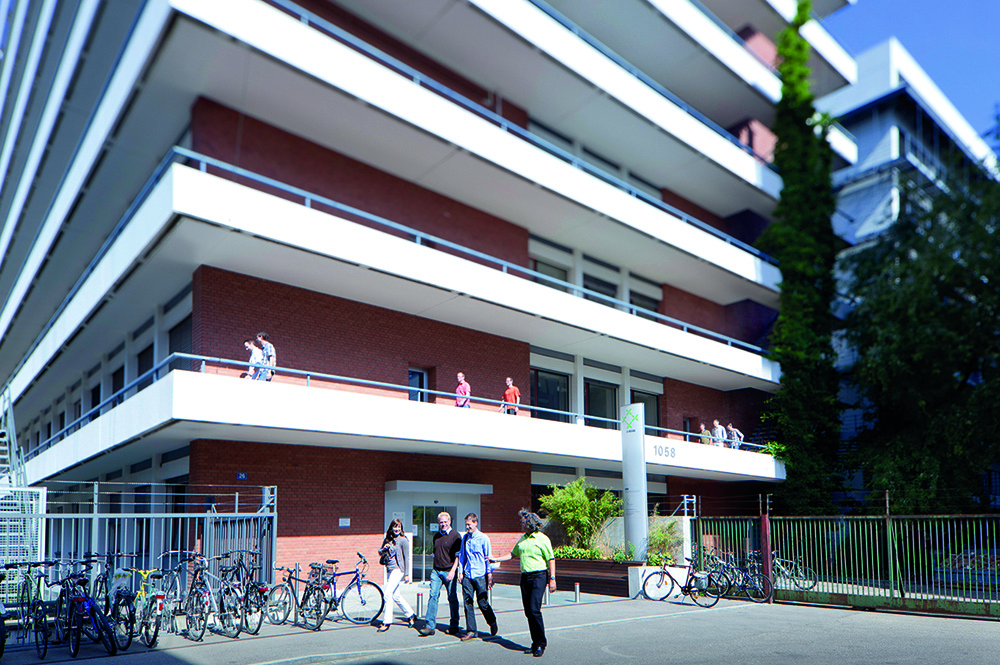
With the local pharmaceutical companies, the University of Basel and its hospitals, researchers in the Department of Biosystems Science and Engineering (D-BSSE) in Basel are ideally located for interdisciplinary projects in the fields of medicine and life sciences. And the partner organisations benefit in turn from the expertise in engineering and data sciences that ETH brings to Basel. Examples of successful collaborations include the Basel Personalized Health Initiative and the Botnar Research Center for Child Health, founded jointly by D-BSSE and the University of Basel.
Around 300 employees, 20 professors and over 300 Master's students and doctoral students work and study in D-BSSE, the only ETH academic department outside the main site in Zurich. What challenges does the department face due to its special location? “There is still too little being done to connect research in Basel to ETH Zurich,” says Niko Beerenwinkel, Head of D-BSSE. “We want to make ETH more visible here. And conversely, we want to make people at ETH Zurich more aware of the Basel site and highlight opportunities for research collaborations.” The new BSS building, which is set to open in 2022, will help to strengthen ETH’s presence in Basel. The research and teaching building will unite all D-BSSE research groups under one roof, close to important partners.
Global challenges in Asia
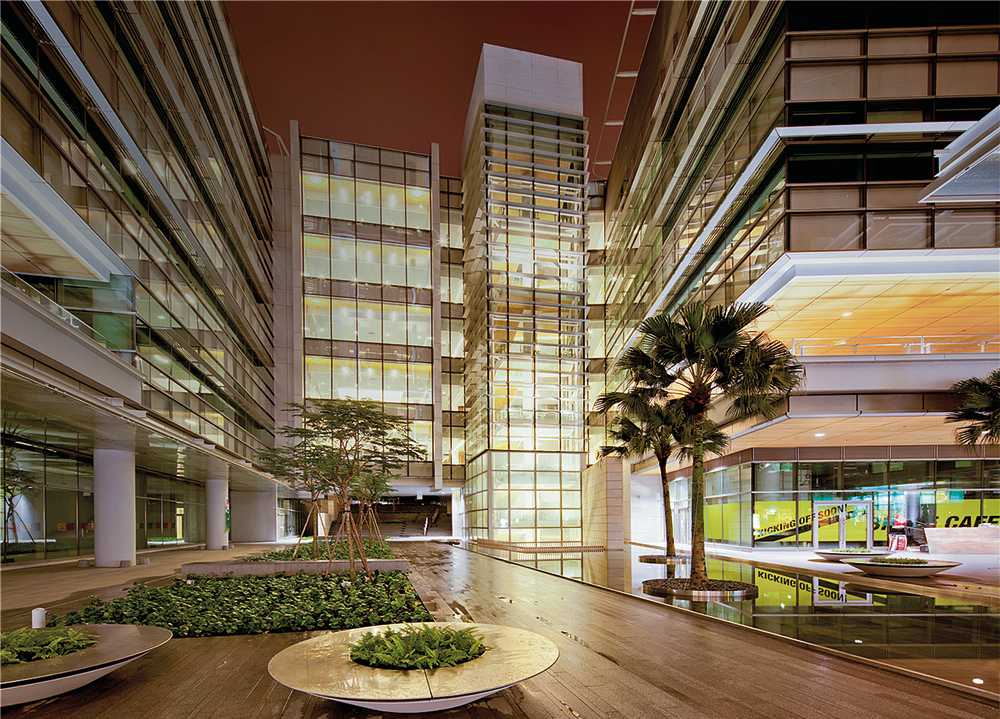
Putting the 80-kilometre distance between D-BSSE and the main site into perspective, ETH’s only site outside Switzerland is over 10,000 kilometres from Zurich. The Singapore–ETH Centre for Global Environmental Sustainability (SEC) was founded ten years ago in the vibrant city state of Singapore in the heart of Asia. The centre allows ETH to carry out research aimed at developing ecologically sustainable solutions to global challenges. Examples of such challenges include urbanisation, which is progressing extremely rapidly in Asia, the resilience of complex social and infrastructure systems, and the development of new health technologies. Inter- and transdisciplinarity – something that characterises all research projects at the SEC – is particularly encouraged in CREATE Tower, where over 1,000 researchers from top universities such as Cambridge, MIT, Berkeley and the National University of Singapore (NUS) work together very closely.
The SEC has set up a local team – mostly made up of Singaporeans – to look after its HR, finance, infrastructure and communication services. Research administration, on the other hand, is managed by ETH in Zurich.
Years before the coronavirus crisis, the SEC mastered the art of remote communication in order to bridge the gap between Singapore and Zurich. In order to minimise flying back and forth, the SEC’s aim is to extend the time spent at both sites. “The almost perfect virtual communication between the sites often hides the fact that there are significant climatic, cultural and political differences,” says Gerhard Schmitt, who served as Head of the Singapore–ETH Centre until September 2020. “But this challenge is also what makes living and working in Singapore so appealing.”
The outlook for the future
Despite the limited space available at the main site, ETH Zurich needs to be able to continue expanding its research into new areas in the future. According to Ulrich Weidmann, the greatest challenge will be finding premises to support this academic growth in a timely manner. ETH is currently negotiating special building regulations with the city of Zurich that will enable it to further expand the Hönggerberg campus. In addition, moving two Executive Board domains – Infrastructure, as well as Personnel Development and Leadership – to the Octavo Oerlikon site will free up space for research on the Zentrum campus.
And what about the other sites? Is the expenditure for operation and coordination justified? “Yes, because the strategy of concentrating resources on the main site means that the infrastructure and laboratories in Zurich are very expensive,” says Weidmann. “If we didn't have the other sites, ETH would simply not be able to pursue many of its areas of research.”

